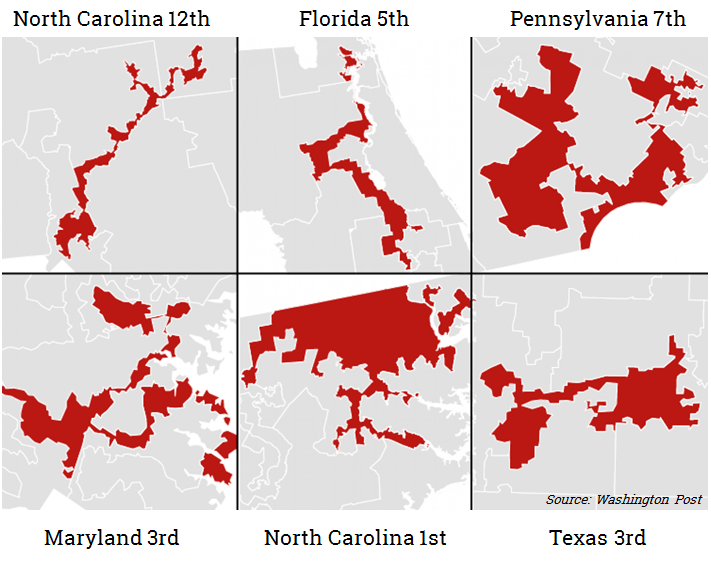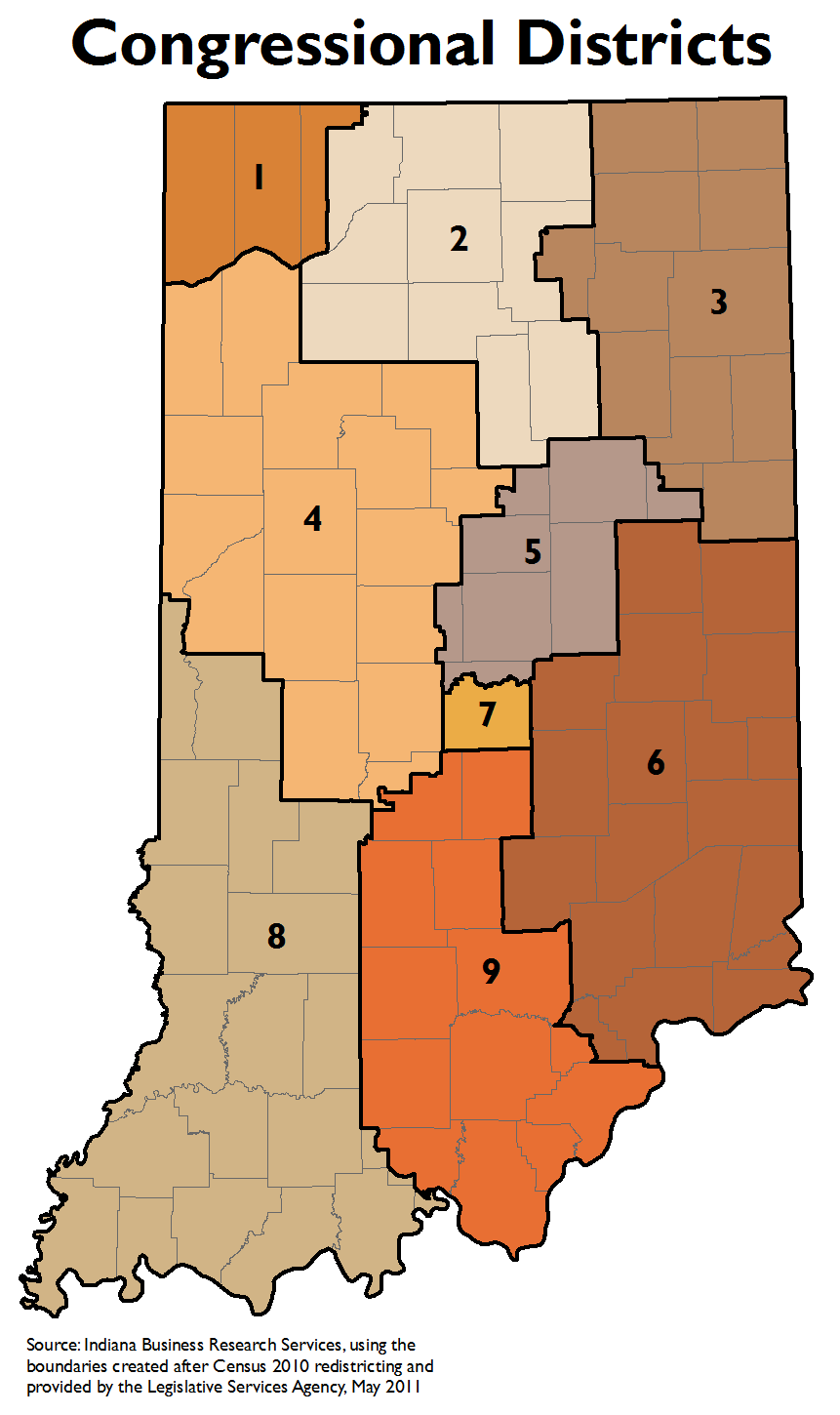What Exactly is Gerrymandering and Why Should I Care?
By:
What is Gerrymandering?
Gerrymandering is when politicians draw congressional districts purposefully to give themselves a greater likelihood of winning more seats in Congress. As described by the Washington Post:
Contrary to one popular misconception about the practice, the point of gerrymandering isn't to draw yourself a collection of overwhelmingly safe seats. Rather, it's to give your opponents a small number of safe seats, while drawing yourself a larger number of seats that are not quite as safe, but that you can expect to win comfortably.
Here's a great animated video that explains using examples from the animal kingdom:
Why does gerrymandering happen?
Gerrymandering is the result of a misalignment of interests: citizens are interested in having a fairly elected body of politicians, while political parties are interested in winning as many races as they can. The problem? Political parties draw the districts. Which is why we have districts that look like this:

Here's what it looks like when a state gets it right (in this case, Indiana's 9 districts, which are drawn pretty normally):

How can we prevent it?
The easiest first step would be to to take FairVote's suggestion: take the responsibility out of the hands of partisan politicians and put it in the hands of independent commissions. Although as the video above points out, that's not a perfect solution; CGP Grey suggests using math to generate equally-sized districts.
